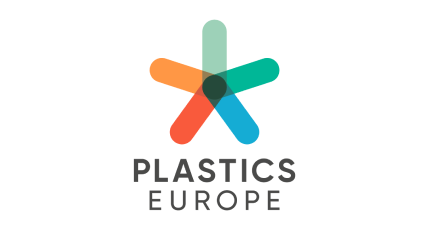Researchers / Institutional Affiliations
- In silico exposure model:
Wageningen University and Research (WUR; The Netherlands) - Transfer across barriers:
Nederlandse Organisatie voor Toegepast Natuurwetenschappelijk Onderzoek (TNO; The
Netherlands)
BASF (Germany) - In vivo tracking study:
Nederlandse Organisatie voor Toegepast Natuurwetenschappelijk Onderzoek (TNO; The
Netherlands)
Charles River Laboratories - Human stool study:
Environment Agency Austria (UBA; Austria)
Timeline
- In silico exposure model: Q1 2022 to Q1 2026
- Transfer across barriers: Q3 2024 to Q1 2025
- In vivo tracking study: Q3 2024 to Q1 2025
- Human stool study: Q3 2023 to Q1 2024
Funding Source
Plastics Europe, Task 2.i. co-funded by Cefic-LRI (as project B24)
Additional information
The objective of Working Package 2 is to confirm and track the presence of microplastics in the
human body. There is a focus on: an in silico human exposure computer model, being built in
collaboration with Cefic-LRI project B24; transfer across barriers, using cell-culture assays to
establish the potential for microplastics to cross biological membranes; an in vivo tracking study
using model organisms; and a human stool study aimed at counting and characterizing
microplastics in human stool.
Professional Presentations
N/A
Published Papers
Nano- and microplastic PBK modeling in the context of human exposure and risk
assessment. Wardani et al. 2024. Environment International 186: 108504.
https://doi.org/10.1016/j.envint.2024.108504.

